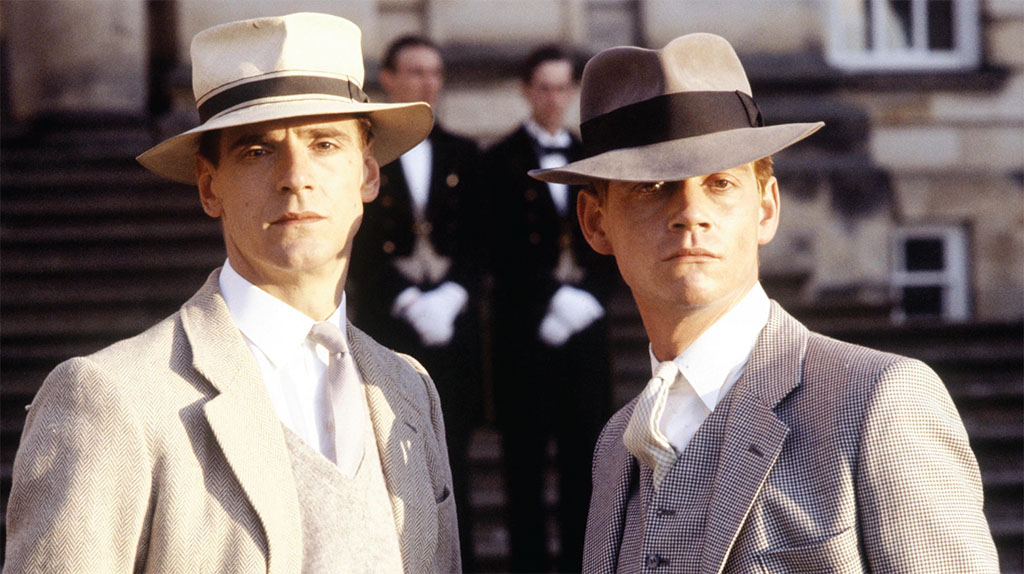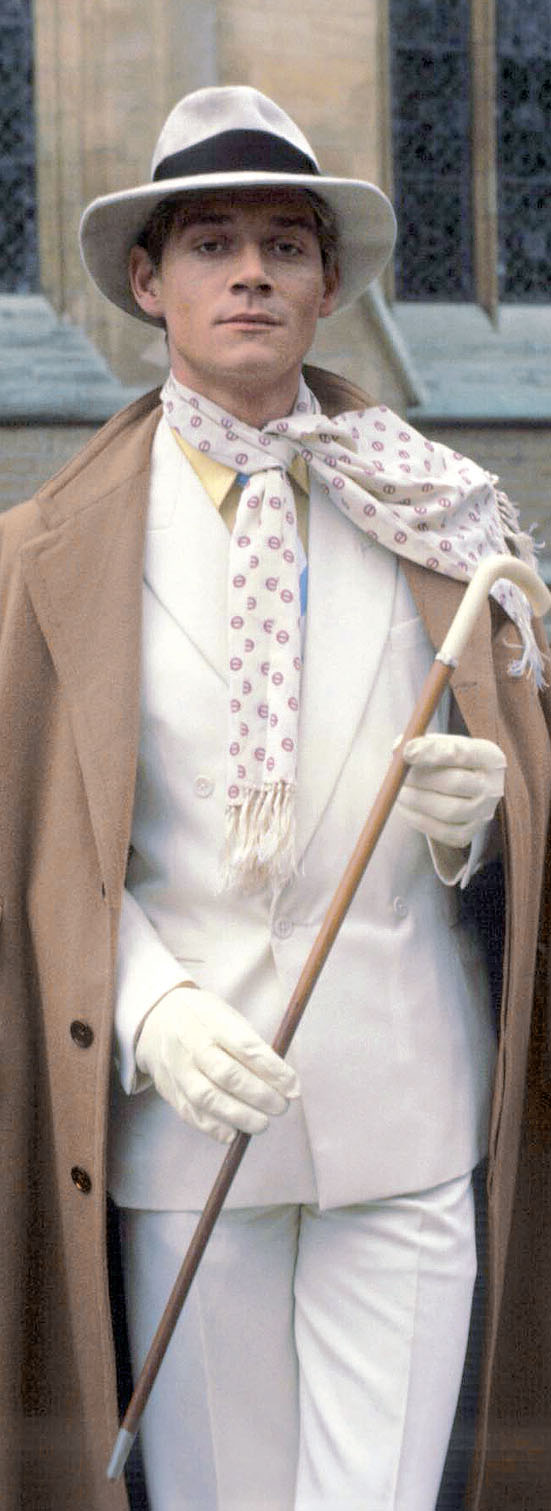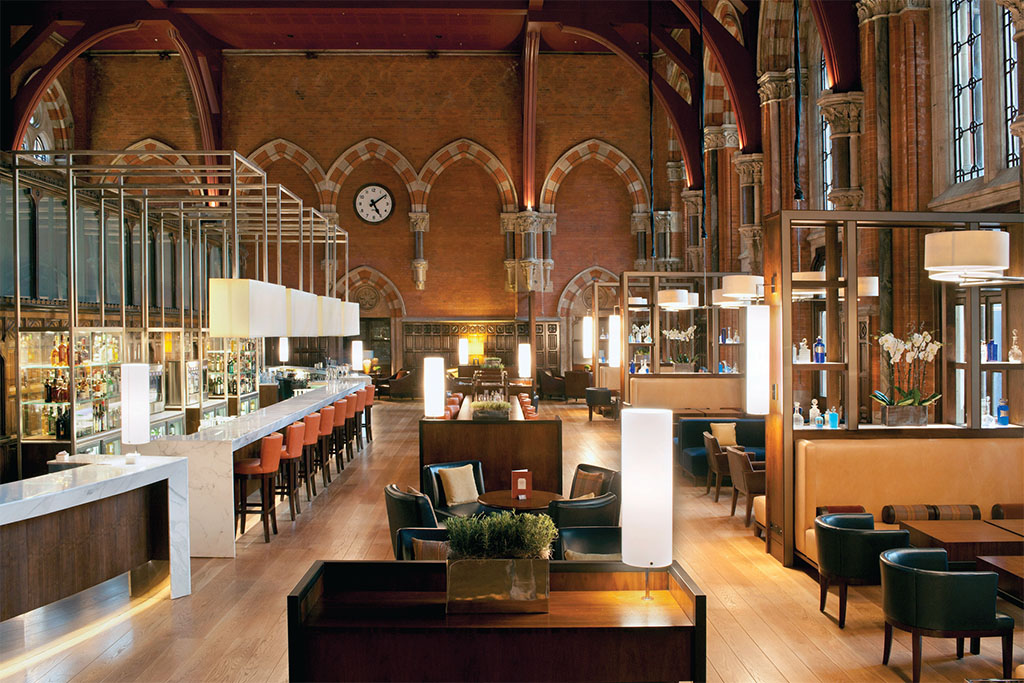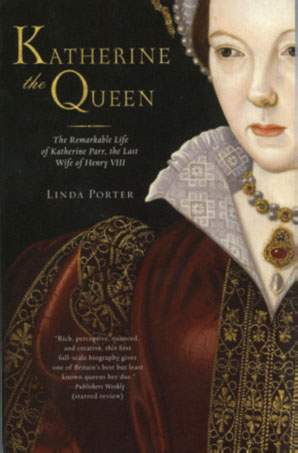
[caption id="BeyondtheBookshelf_img1" align="aligncenter" width="1024"]

COURTESY OF ACORN MEDIA
Brideshead Revisited: 30th Anniversary Edition
The visually ravishing production won 17 international awards, including seven BAFTA awards including Best Actor and Best Drama Series; an Emmy for Outstanding Supporting Actor for Laurence Olivier; and Golden Globe for Best Miniseries.
Lunch with Anthony Andrews
THE THREE DECADES SINCE the broadcast of Brideshead Revisited are half a lifetime ago. British Heritage writer James Graham caught up with Brideshead star Anthony Andrews (and self-confessed sometime British Heritage reader) for a spot of lunch at his favorite Kensington eatery to chat about the anniversary.
Few British television series have resounded so potently down the years like Brideshead Revisited, the drama first aired in 1981 in the UK and 1982 on PBS in the United States. What an opportunity to enjoy lunch with one of its stars all these years later! On the menu where we ate overlooking Kensington Palace Gardens, apart from the finest Italian dishes, was a splendid dish of reminiscences of working on this landmark series, now available in a celebratory DVD reissue from Acorn Media. There was a dash of show business sparkle as our conversation wandered to the present-day dramas and the legacy of the series on both Anthony Andrews’ career and British television history.
I opened with a question on longing and memories of an era vanished that I thought neatly summed up both the theme and the legacy of the series. “Mary Tudor had Calais tattooed on her heart, to signify both its loss and the significance it had to her life, after her death,” I said. “After your death, will you have Castle Howard tattooed on your heart?”
DVD
[caption id="BeyondtheBookshelf_img2" align="alignright" width="302"]

Brideshead Revisited 4-disc set, Acorn Media, Silver Spring, Md., 11 episodes, app. 659 minutes, $59.99
At this, Andrews let out a hearty and gleeful laugh. “I don’t know about the tattoo,” he said, “but I do know the effect the series has had on my life has been inescapable. What we didn’t realize at the time was the reaction it would have. The biggest surprise we had was the reception it enjoyed in the United States. The way the U.S. audience embraced it was hitherto unheard of.”
Andrews, who played Lord Sebastian Flyte, recalled that he was already familiar to US audiences when Brideshead premiered as he had starred in Danger UXB, a WW II drama, which had aired just before Brideshead, and had a role in Upstairs, Downstairs. “I think the main appeal for the U.S. audience at the time was the glimpse the drama allowed into the world of privilege that had vanished forever,” Andrews said. “It was an intriguing program that looked into a closed world.”
[caption id="BeyondtheBookshelf_img3" align="aligncenter" width="551"]

COURTESY OF ACORN MEDIA
In the pre-internet and pre-satellite-link age in which Brideshead aired, the publicity machine meant that Andrews was immediately flown to the U.S. to do personal appearances. “Straight after the transmissions started,” he said, “I visited the U.S. to do the rounds of the television studios. I had worked in the U.S. before the series so I knew the country well.”
Here he encountered a striking difference between American and British journalists: U.S. journalists had often mastered their profession, knew intimate details of both him and the book and interrogated him appropriately, while their U.K. counterparts tended to be more general in their interviewing.
Stardust
WHILE IT IS A TRUTH universally acknowledged that Brideshead is a British television classic, Andrews recalled just how close it had come to being just an average drama, based on a then-40-year-old novel, which would now be just a footnote in ’80s television history. “We started on a six-hour version and it was quickly obvious that the program was average,” said Andrews. “The script by John Mortimer was adequate, but lacked that sparkle of the book. Brideshead had never been filmed, even though Hollywood had tried. They couldn’t pin down the beauty of the writing. There were too many gaps in the drama’s arc, too many gaps in the plot that had to be explained.
“Then a miracle happened!”
The “miracle” he recalled was an unlikely strike in the television industry. The television technicians’strike of 1979, which blacked out the independent channel for 75 days, meant that all production on Brideshead came to a halt.
“We completely stopped work and we thought that Brideshead would be ended,” he said.
While the cameras were silent, however, the miracle behind the scenes saw major moves that would sprinkle stardust all over the production.
Granada Television, the Manchester-based television company that was the northwest company in the Independent Television (ITV) network, had aspirations to compete with the BBC in quality television drama. Instead of scrapping the series filming to date, Andrews says Granada saw an opportunity to revise the work, a revision that ultimately led to classic drama.
“Granada took the unheard step of doubling the budget and doubled the length to 13 episodes to allow the book to be filmed in its entirety,” Andrews said. “That was genius. That sort of decision will never happen again.
“As well as doubling the budget, Charles Sturridge, who was only 24 at the time, with no directorial experience, was appointed as replacement director. At first we were concerned, but we soon learned that not only did he know the book completely, he also loved it. It was terribly exciting, and the book became the ‘bible’ for the production. So close was the new script to the original work that sometimes we used the actually book as script.”
By this time our food arrived—Andrews enjoyed a green salad and a mushroom omelette. We then spoke of the golden era of British screen production. Brideshead was quickly followed by Jewel in the Crown on television, while the cinema-goer enjoyed Chariots of Fire and Passage to India.
Three decades on, Andrews is proud of his involvement with the drama and remains pleased that the series stays in the memories of so many viewers. “I still get a tremendous kick that people remember the series,” he said. “I cannot think what we would have said then if we had known how long it would last.”
As we concluded our lunch and made our way out into London’s bracing December afternoon, I felt I had spent a pleasurable time with one of the stage’s true gentlemen. His role as the troubled Lord Sebastian Flyte came in a golden era for British television drama. It is clear that Anthony Andrews appreciates that and, on meeting him, you somehow appreciate it, too.
RESTAURANT
The Booking Office
St. Pancras Station
THERE WAS A TIME, back in the mythical days of Brief Encounter and The Railway Children, that dining at a train station was a rather elegant affair. Nowadays we count ourselves lucky to stand outside a fast food joint clutching a tepid kebab in the freezing cold before most departures. But there is one very notable exception to the steady slide in railway culinary standards. St. Pancras Station, a marvel of both Victorian engineering and 21st-century reinvention, is a destination in itself. Tony and I weren’t planning to take a train the night we ended up in the Booking Office restaurant and bar; it was a calculated choice.
[caption id="BeyondtheBookshelf_img4" align="aligncenter" width="1024"]

COURTESY OF THE BOOKING OFFICE
The Booking Office is exactly what it sounds like. It was the original Victorian ticket booth, perhaps better described as “ticket palace.” It straddled what could have been an awkward area between the main station, with its cast-iron and glass vaulted roof, and the equally stunning St. Pancras Grand Hotel next door.
Since its rebirth the hotel is, appropriately enough, called the St. Pancras Renaissance, and it is a triumph of gothic grandeur. I remember nipping through an open door during the works, some friendly builders letting me see the incredible mock-medieval tiling, paintwork and cast ironwork, and my thinking the dusty splendor couldn’t be matched for romance, but if anything the restoration has made the jewel colors glow even more brightly. The staff seems perfectly happy for you to browse around the fabulous public rooms, and it is well worth taking a peek before settling into the food.
There are two restaurants. One, the Gilbert Scott, is the full fine-dining experience. Tony and I decided to leave its sumptuousness (and prices) for a birthday and go with the mid-price Booking Office, with its high ceilings, carved wooden paneling and views over the station. We didn’t book, and they were able to accommodate us, but I wouldn’t count on always being able to do so.
The feel the Booking Office is trying to re-create is just that memory I mentioned: that it should be a pleasure to dine at a railway station, not a necessary evil. And remembering that different people have different amounts of time to spend on the move, the dishes are organized into small and large plates, and sandwiches.
We enjoyed a glass of wine and a beer at our table while waiting for our food. It was only later we discovered that the drink being ladled from an ornate silver bowl at the bar was actually an original-recipe Victorian punch. Next time.
The dishes are a variety of British and international classics, with daily specials. My Loch Duart Salmon fishcakes were crunchy and moreish, Tony’s Black Angus beefburger was tender and juicy, and matched for flavor by the thrice-cooked chips.
Because we were on our way elsewhere, we left the selection of British puds alone, but I’d definitely return to try the Knickerbocker Glory.
The Booking Hall does good food in excellent surroundings, but you’ll pay for it. Mains are between £14 and £20 and a steak sandwich will set you back £15. Add beer at around £6 a glass and that tepid platform kebab starts to sound cheap. Don’t be fooled. It is cheap. And nasty. You get what you pay for and the Booking Hall delivers.
www.bookingofficerestaurant.com Sandra Lawrence
Starring in Her First Full-Scale Biography
WHEN WE THINK of Henry VIII’s wives, we generally recall first queen Katherine of Aragon as a discarded middle-aged matron and the rest as an assorted collection of bimbos. That wasn’t quite the case. If we think of Queen Katherine Parr at all, it’s usually as a nursemaid to an aging and ailing fat monarch well past his prime.
In fact, however, Katherine was a highly educated, erudite polyglot; a sensible woman, she made a sensible wife. Though Katherine was twice married and twice widowed when she caught Henry’s eye, she was attractive—and savvy. She was already in love with Thomas Seymour, the brother of Henry’s third wife who had died in childbirth. When the king sought her hand, however, she did what she thought was the wise and dutiful thing in accepting him.
Henry thought highly enough of her and her abilities to make her regent during his military campaign in France the following year. In addition to becoming a practical helpmate, Katherine became a real stepmother to each of Henry’s three children, bringing them together and supervising the education of Elizabeth and Edward.
Following Henry’s death, Katherine (with unseemly haste) married her former love Thomas Seymour and retired from Court to his seat at Sudeley Castle. There, she died in childbirth in 1548. Buried in the chapel at Sudeley, Katherine’s was the first Protestant royal funeral in England.
BOOKS
[caption id="BeyondtheBookshelf_img5" align="alignright" width="298"]

Katherine the Queen: The Remarkable life of Katherine Parr, the Last Wife of Henry VIII by Linda Porter, St. Martin’s Press, New York, 383 pages, softcover, $19.95.
Though Katherine Parr has often been given short shrift in history, in Katherine the Queen, Linda Porter has told her story well, and just in time for the 500th anniversary of her birth. And a great story it is.





Comments